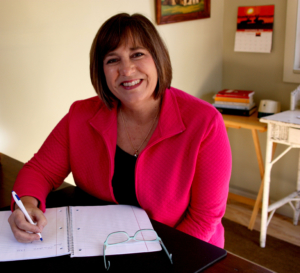IN PRAISE OF HOME PLACES—TALLGRASS, A POEM
by Linda Rodriguez

One of my favorite places on the planet is the Flint Hills of Kansas. The Flint Hills is the largest surviving Tallgrass Prairie in the country, 4.5 million acres of bluestem and wild animals and cattle and tough people, all survivors. I went to school there, and my parents are buried there.
My computer operating system keeps showing me scenes of landscape from around the world that are supposed to be breathtakingly beautiful, and they often are. Still, I know people who drive I-70 west or east through the Flint Hills and insist that the Kansas landscape is just flat and boring. I insist that they must be lying or blind. The Flint Hills inspire me so much that I’ve written a number of poems about them, and I thought I would offer this one to remind us all of the quieter beauty that often surrounds us while we are seeking after what we consider the exotic or fashionable.
TALLGRASS
The prairie is a tough place.
Formed when the Rocky Mountain
rainshadow killed off the trees,
millions of buffalo grazed its big bluestem,
turkeyfoot, sideoats, switchgrass, grama, Indiangrass,
sweetgrass, prairie dropseed, buffalograss,
for millennia, but, big as a nightmare
when you encounter one up close,
the buffalo never defeated the prairie.
Summer in tallgrass lands is harsh—
blazing hot sun, only occasional rain in torrents.
Summer turns the plains into grassy desert,
But those grass roots plunge deep, deep into the earth,
some twelve or more feet under the surface.
The soil under a prairie is a dense mat
of tangled rootstock, rhizomes, tubers, and bulbs.
Those roots hold out against drought
and preserve the soil against thundering
gullywashers and toadswampers.
Summer never defeated the prairie.
Sometimes lightning strikes,
and fire races across the landscape
like water poured out on concrete,
spreading out with amazing speed and inevitability.
The prairie compensated by making seeds
that need to pass through flame to germinate.
Fireproof seeds, what an invention!
The tribes learned to set controlled fires
to bring back gayfeather, blazing star, prairie clover.
Now, ranchers burn the prairie each spring.
Fire never defeated the prairie.
As for winter, the waist- and shoulder-high grasses
triumph over the snow, spreading
large swathes of sun-colored grasses
across the scene, only occasionally punctuated
by a spread of snow along the meandering paths
where animal and human feet have trodden.
The prairie just absorbs the snow,
swallowing it down to build stronger, deeper roots
to withstand summer’s hot, dry onslaught.
Winter never defeated the prairie.
Buffalo, white-tailed deer, antelope, pronghorns,
gray wolves, coyotes, bobcats, cougars, red foxes,
black-footed ferrets, badgers, shrews, skunks,
raccoons, possums, black-tailed prairie dogs,
jackrabbits, prairie chickens, bull snakes,
and the occasional human for centuries
made trails and paths through the grasses
by trampling them down or cutting their stems.
If paths are not continually maintained
by a great deal of manual labor,
they disappear like smoke.
The prairie will always take them back.
The only thing that ever defeated prairie
was a man with a steel plow.
Published in Dark Sister (Mammoth Publishing, 2018)
Linda Rodriguez’s fourth Skeet Bannion mystery, Every Family Doubt, the follow-up to Plotting the Character-Driven Novel, Revising the Character-Driven Novel, and her co-edited anthology, Unpapered: Writers Consider Native American Identity and Cultural Belonging, will publish in 2023. Her novels—Every Hidden Fear, Every Broken Trust, Every Last Secret—and books of poetry— Dark Sister, Heart’s Migration, and Skin Hunger—have received critical recognition and awards, such as St. Martin’s Press/Malice Domestic Best First Novel, International Latino Book Award, Latina Book Club Best Book, Midwest Voices & Visions, and Ragdale and Macondo fellowships.
Rodriguez is past chair of AWP Indigenous Writer’s Caucus and Border Crimes chapter of Sisters in Crime, founding board member of Latino Writers Collective and The Writers Place, and member of Native Writers Circle of the Americas, Wordcraft Circle of Native American Writers and Storytellers, and Kansas City Cherokee Community. http://lindarodriguezwrites.blogspot.com.


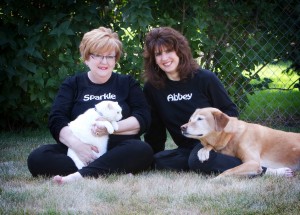

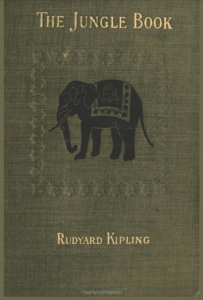

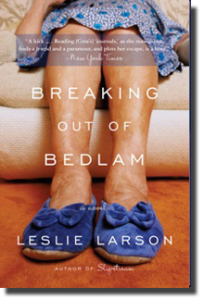
 I had the wonderful good fortune this year to meet and work with author Marie Sutro on the Killer Workshop presented by the Capitol Crimes and Palmetto Chapters of Sisters in Crime. Marie is one of the most organized, resourceful, and congenial creative persons I know. When I learned her second novel was being released, I quickly purchased her first. I was surprised to read Steve Alten’s endorsement: “Marie Sutro’s debut novel, Dark Associations, may just be this generation’s Silence of the Lambs.” By chapter two, I met her psychopathic villain. Marie’s intricate descriptions and fast-paced action combined with a flawed protagonist seeking justice amid chaos keeps her readers turning pages. If you haven’t already discovered her, please join us for this brief interview, then check out her Kate Barnes’ novels Dark Associations and Dark Obsessions.
I had the wonderful good fortune this year to meet and work with author Marie Sutro on the Killer Workshop presented by the Capitol Crimes and Palmetto Chapters of Sisters in Crime. Marie is one of the most organized, resourceful, and congenial creative persons I know. When I learned her second novel was being released, I quickly purchased her first. I was surprised to read Steve Alten’s endorsement: “Marie Sutro’s debut novel, Dark Associations, may just be this generation’s Silence of the Lambs.” By chapter two, I met her psychopathic villain. Marie’s intricate descriptions and fast-paced action combined with a flawed protagonist seeking justice amid chaos keeps her readers turning pages. If you haven’t already discovered her, please join us for this brief interview, then check out her Kate Barnes’ novels Dark Associations and Dark Obsessions.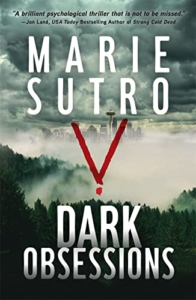 In both your books, Dark Associations and Dark Obsessions, you use juxtaposition and surprise to bring the readers into Kate Barnes’ world. Dark Associations begins with “the Big Bad Wolf” viewing a beautiful blonde woman. A reader might expect this is the mind of a perpetrator, but in a few paragraphs you reveal it is Kate, who has resisted becoming a mentor for this enthusiastic student. Through juxtaposition, you develop Kate’s character as well as showing the relationship with the Tower Torturer, the serial killer she is attempting to catch and stop. Similarly, in Dark Obsessions, at first Kate appears to be in danger of getting a traffic ticket when she actually is about to be asked on a date. How did you decide to use surprise and juxtaposition to introduce your characters and begin your stories? What advantages did it give you?
In both your books, Dark Associations and Dark Obsessions, you use juxtaposition and surprise to bring the readers into Kate Barnes’ world. Dark Associations begins with “the Big Bad Wolf” viewing a beautiful blonde woman. A reader might expect this is the mind of a perpetrator, but in a few paragraphs you reveal it is Kate, who has resisted becoming a mentor for this enthusiastic student. Through juxtaposition, you develop Kate’s character as well as showing the relationship with the Tower Torturer, the serial killer she is attempting to catch and stop. Similarly, in Dark Obsessions, at first Kate appears to be in danger of getting a traffic ticket when she actually is about to be asked on a date. How did you decide to use surprise and juxtaposition to introduce your characters and begin your stories? What advantages did it give you?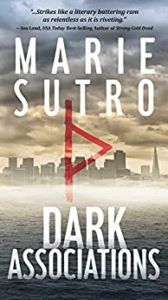 On the cover of each book, there is a symbol. Could you tell us about each, how they were selected, and how they impact the stories?
On the cover of each book, there is a symbol. Could you tell us about each, how they were selected, and how they impact the stories?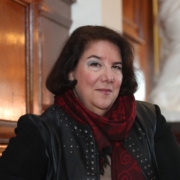

 Clicking Our Heels – A Day at the Movies
Clicking Our Heels – A Day at the Movies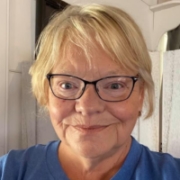

 “He’s fine, too.” More sniffles and gasps for breath, then, “We’re both ok but I think the cow’s dead.”
“He’s fine, too.” More sniffles and gasps for breath, then, “We’re both ok but I think the cow’s dead.”

